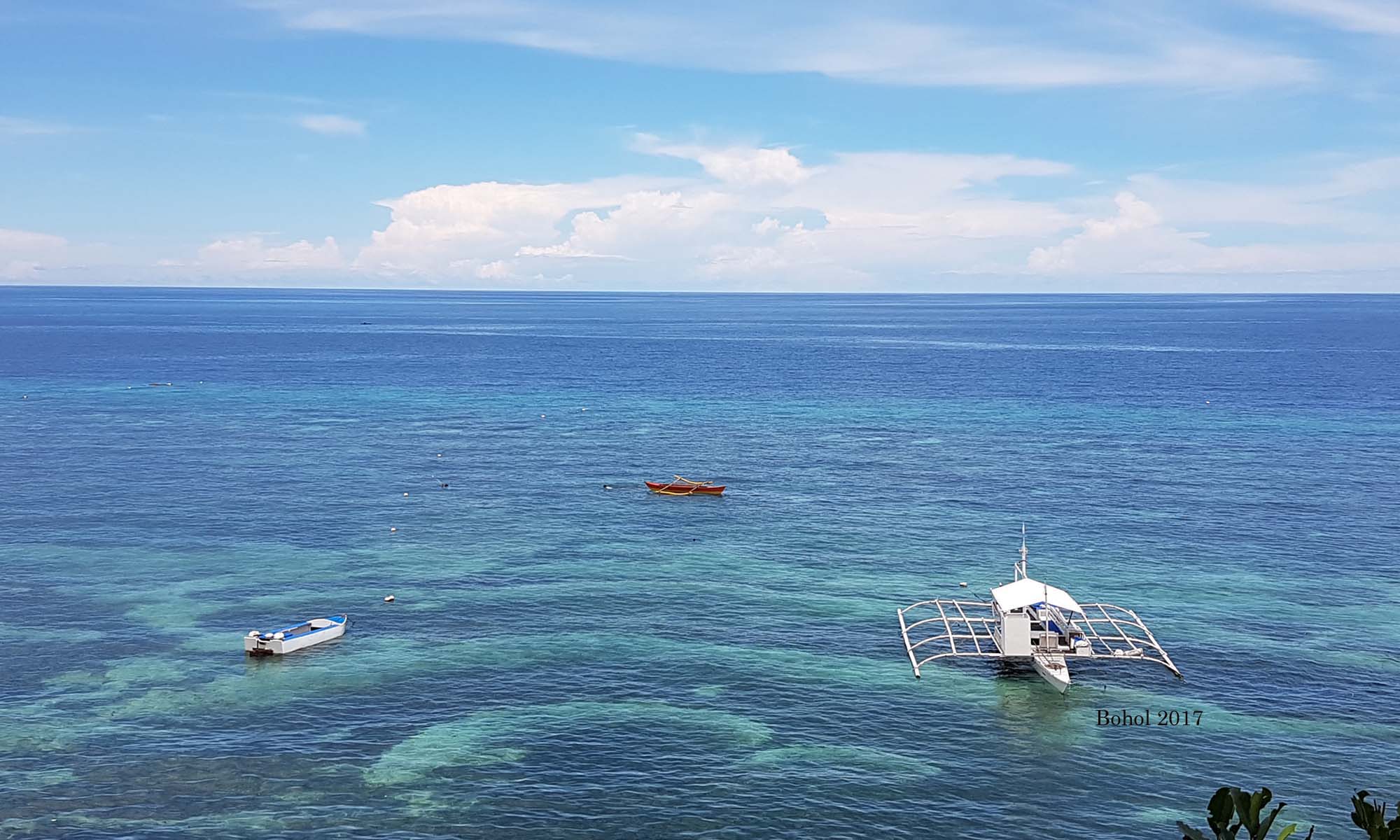International Journal of Research Studies in Educational Technology
Divine Word College of San Jose Special Issue
Volume 8, Issue Number 2
Available Online: 15 July 2024
Author/s:
Galgarin, Kyla Mae B.*
Divine Word College of San Jose, Philippines (galgarinkylamae@gmail.com)
Dumalina, John Kevin I.
Padua, Wil Azleigh L.
Quincela, Mikko Ivan M.
Unlayao, Ma. Angelica B.
Bautista, Rianne Margarette P.
Bautista, Josephine N.
Limos-Galay, Jenny A.
Abstract:
Industrialization, agriculture, urban life, and wastewater have degraded the environment, including the Pandurucan River in San Jose, Occidental Mindoro, leading to significant calamities. High levels of turbidity are one of the results of pollution due to high concentrations of pollutants. Photocatalytic degradation, utilizing UV lights from solar energy, is an efficient, cost-effective, and environmentally friendly wastewater treatment method. Photocatalysis has been studied to increase the efficiency of wastewater treatment. Photosensitizers using hybrid materials extend their light absorption into the visible spectrum, complementing limited UV light absorption. Hydroxyapatite (HAp) is studied as one of the photocatalysis used to degrade water pollutants because of its absorption properties. In this study, HAp was produced from Milkfish bones via calcination and was characterized using Fourier Transform Infrared Spectroscopy (FTIR). Using the Turbidity Meter, the 100 ml of Pandurucan River water in a 1-hour time exposure shows a result of a 359 Nephelometric Turbidity Unit (NTU). Photocatalytic degradation showed a reduced result of 102.5 NTU, and applying the different concentrations of 250mg and 500mg of HAp showed a depletion rate of 79.8 NTU and 25.75 NTU, respectively. The application of HAp as photocatalysis in the degradation of Pandurucan River water showed that the 500mg of HAp was loaded in a 100 ml sample in a 1-hour time exposure, producing a percent degradation of turbidity with approximately 92.38%. Overall, this study provided insights on an eco-friendly way of handling wastewater, using a waste material, particularly Milkfish bones, as a source of HAp.
Keywords: photocatalytic degradation, turbidit, hydroxyapatite, Pandurucan River, milkfish bones
DOI: https://doi.org/10.5861/ijrset.2024.8009
Cite this article:
Galgarin, K. M. B., Dumalina, J. K. I., Padua, W. A. L., Quincela, M. I. M., Unlayao, M. A. B., Bautista, R. M. P., Bautista, J. N., & Limos-Galay, J. A. (2024). Photocatalytic degradation of Pandurucan River water using Hydroxyapatite from Milkfish bones via calcination. International Journal of Research Studies in Educational Technology, 8(2), 29-44. https://doi.org/10.5861/ijrset.2024.8009
* Corresponding Author
